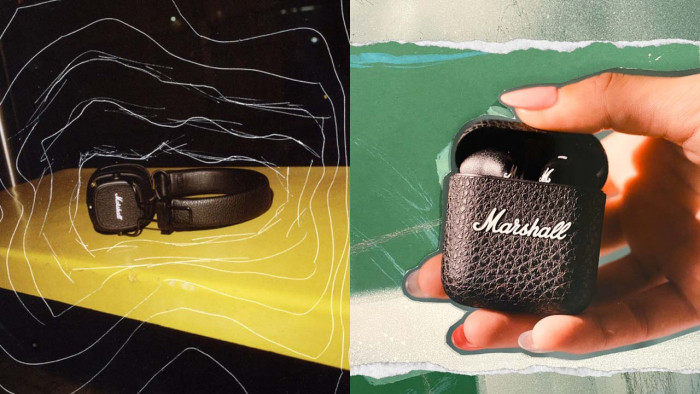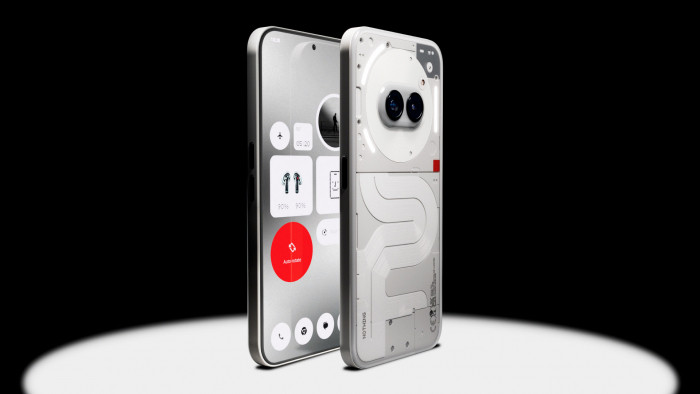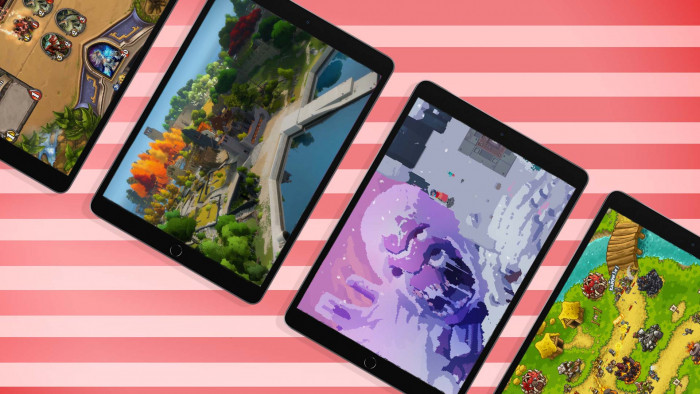This article was first published in October 2011.
Toby Young reflects on how Steve Jobs transcended his industry to become an inspirational guru figure to millions of people across the globe...
Few deaths in recent years have generated as much media coverage as Steve Jobs’. It was as if he were a pop culture icon, rather than the ex-chief executive of a technology company. “This is like Elvis Presley or John Lennon… it’s the end of an era,” said Scott Robbins, a barber in Jobs’ home town of Cupertino in Silicon Valley, California. His death touched a huge number of people all over the world, almost as if they felt a deep, personal connection to him. Internet users in China posted almost 35 million online tributes, and one of the most popular accolades on Twitter referred to three apples that had changed the world: “The one that Eve ate, the one that dropped on Newton’s head, and the one that Steve built.”
What accounts for this global phenomenon? How did a dweeby computer nerd manage to become the Marilyn Monroe of our era? It’s largely to do with people’s enthusiasm for Apple’s products, of course. In his tribute last week, Richard Branson described Jobs’ company as “perhaps the most respected brand in the world”.
If anything, that’s an understatement, because the word ‘respected’ doesn’t do justice to people’s deep-seated affection for Apple. They feel a sense of ownership of the brand in a way they do about few others. The fact that they own a MacBook rather than a Sony Vaio — or an iPhone rather than a BlackBerry — is bound up with who they are.
I bought my first Apple Mac in 1987 and am now the proud owner of a MacBook, an iPhone and an iPad. I’m a compulsive upgrader. Indeed, I’m such an Apple loyalist that I can’t bring myself to throw any of my old computers away, and there must be at least a dozen gathering dust in my attic, including that Macintosh Plus I bought 24 years ago. I justify this by telling myself I’ll stick them all on eBay one day, but I don’t suppose I will.
That’s a bit odd, when you think about it. I don’t regard my Panasonic TV or my Bosch dishwasher as bound up with my personal identity, so why am I happy to describe myself as an “Apple man”? How did I let a corporation’s brand identity get into my soul?
Some people would attribute this to Steve Jobs’ genius for marketing, and there’s no doubt he was a fantastic showman, the PT Barnum of the computing age. It wasn’t just the elaborately choreographed unveiling of Apple’s latest products — fronted by Steve himself in a black turtleneck — but the advertising campaigns, the Apple Stores, the websites. Industry observers thought Jobs was crazy to spend millions of dollars on ‘1984’, the advertisement directed by Ridley Scott that launched Apple’s first personal computer, not least because it was only shown once on primetime US television. Yet in retrospect it was a masterstroke, forging a link in the public imagination between Apple and personal freedom that endures to this day.
Form meets Function
But to place too much emphasis on the selling of Apple’s brand implies that the company’s success is a triumph of marketing over engineering and threatens to reduce Steve Jobs to the role of glorified spinmeister. What’s remarkable about Apple’s products is that, by and large, they live up to the hype. The people who queued all night outside London’s Regent Street Apple Store last year so that they could be the first Britons to own an iPad weren’t disappointed. Stephen Fry, who was in the queue, gave an interview to The Guardian afterwards in which he explained why he’d been an Apple loyalist since buying his first Macintosh in 1984.
“People said of the iPhone exactly what they’ve said of the iPad — it’s style over substance, it’s all hype, it’s just… people who want to be seen with it,” he said. “But then you play with it and go, ‘Ooh, I like this, it’s really enjoyable, it actually makes the things we do more fun.’ The fact is, we’re human beings, we respond emotionally to things, not functionally, and something that makes us smile, that involves our sense of touch and gives us genuine tactile pleasure, is a good thing. It’s not an extra — it’s the thing itself, it’s what you want.”
OK, there have been some misfires, most notably the Newton, Apple’s first handheld device. It cost an estimated $100m to develop and was launched in 1993 to almost universal derision. That heralded the beginning of the company’s most miserable period when, for a while, it looked as if it might go belly-up. I remember almost falling out of love with Apple when I bought a PowerBook 1400 in 1996, a torturously slow laptop that was prone to crashing.
But as any student of the company knows, Jobs wasn’t around during this period. He left the company in 1985 when he fell out with John Scully, the CEO — a man Jobs himself recruited in 1983 when Scully was the chief executive of Pepsi-Cola. Scully had been seduced by Jobs’ sales pitch: “Do you want to spend the rest of your life selling sugared water, or do you want a chance to change the world?”
Jobs returned as an advisor in 1997 and became CEO in 2000 and, since then, it’s been one triumph after another: iPod, iTunes, iPhone, iPad. He was undoubtedly a marketing genius, but the products created on his watch were also beautifully engineered, the perfect marriage of form and function. He had an instinctive grasp of how to touch people’s sweet spot. When a reporter asked him what market research went into the development of the iPad, he was indignant. “None,” he replied. “It’s not the consumers’ job to know what they want.” One of Jobs’ many remarkable characteristics is that he knew what we wanted before we did.
Perhaps the most famous example of Jobs’ ‘golden gut’ — his ability to tell, instantly, whether a piece of technology would catch on or not — was his visit to Xerox’s research centre in Palo Alto, California in 1979. It was there that he was shown the Alto, a prototype of the desktop personal computer. It was controlled by a mouse-like device and used a graphical video display, with documents and programs spread out on the screen to look as though they were on an actual desktop.
“It was one of those sort of apocalyptic moments,” Jobs said of his visit. “I remember within 10 minutes of seeing the graphical user-interface stuff, just knowing that every computer would work this way someday. It was so obvious once you saw it. It didn’t require tremendous intellect. It was so clear.”
Even the blind alleys Jobs went down usually led somewhere. In 1985, after leaving Apple, he founded NeXT, a company that manufactured computer workstations for the higher-education market. In spite of a $20m investment from Texas billionaire Ross Perot, NeXT never became a significant force in the computer industry, but the machines were popular with young programmers. One of these, Tim Berners-Lee, used a NeXT computer to develop the prototype of the world-wide web while working at Cern in 1990. Jobs eventually sold NeXT to Apple in 1996 for $467m and 1.5 million shares in the company.
More than just vision
Jobs made another investment after leaving Apple that proved even more fruitful. He decided to spend $10m — the lion’s share of his personal fortune in 1985 — on a fledgling computer graphics company owned by George Lucas. This was a gamble as computer animation was in its infancy and few people in the movie business thought it had a future. But that company turned into Pixar and the first film it released — Toy Story, in 1995 — generated $350m in box-office receipts. That was the first of a golden streak of hits, transforming Pixar into one of the most commercially successful and critically acclaimed production outfits in Hollywood. In 2006, Jobs sold Pixar to the Walt Disney Company, leaving him the largest single shareholder, and at the time of his death Jobs’ shares in Disney were worth $4.4bn — more than twice the value of his shares in Apple ($2.1bn).
Edwin Catmull, the co-founder of Pixar, summed up the qualities Jobs brought to the company. “You need a lot more than vision,” he told The New York Times. “You need a stubbornness, tenacity, belief and patience to stay the course. In Steve’s case, he pushes right to the edge, to try to make the next big step forward.”
One of the most appealing things about Jobs is that he didn’t enter the computer industry via the conventional route of private school followed by an Ivy League college. Unlike both Bill Gates and Mark Zuckerberg, Jobs went to his local high school in Cupertino and, after that, only managed a year at Reed College in Portland, Oregon before dropping out. Between 1972 and 1974 he led a peripatetic, homeless existence, sleeping on friends’ floors, returning Coca-Cola bottles in return for the five-cent refund and walking seven miles every Sunday to get a free meal at the Portland Hare Krishna Centre.
“I loved it,” he told an audience of Stanford graduates in 2005. “And much of what I stumbled into by following my curiosity and intuition turned out to be priceless later on.”
During this period he was also a user of psychedelic drugs. He confided to one newspaper reporter that taking LSD was one of the most important things he’d ever done in his life, and there were things about him that people who hadn’t taken LSD simply wouldn’t be able to understand, including his wife.
When asked to name Silicon Valley’s most important contribution to the world, Jobs cited the Whole Earth Catalogue and a part of him remained rooted in America’s Sixties counterculture. Indeed, that whiff of alternativeness — of pot-smoking bohemianism — is an important part of Apple’s brand. In the famous ‘1984’ advert, there’s a clear identification of IBM with Big Brother, portraying the first Microsoft computer as an instrument of insurrection, and, after IBM had faded, Apple successfully positioned itself as the Rebel Alliance in contrast to Microsoft’s Death Star. In spite of leaving a fortune estimated to be at least $6.5bn, Jobs retained his image as an anti-Establishment outsider, forever challenging the status quo.
For Apple-lovers like me, you have to wonder whether the company will continue to live up to our expectations now that its presiding genius has gone. The fact that it almost went bankrupt during the 12 years when Jobs was absent doesn’t bode well. We’re told that the new products heading towards us will continue to bear Jobs’ signature for at least two years, such is the length of Apple’s production cycle. But what will happen after that? Will the company ever again produce a device as revolutionary as the iPhone or the iPad?
We’ll have to wait and see. If I were a member of Apple’s board, I’d be looking to recruit another wunderkind as soon as possible. Jack Dorsey, the creator of Twitter, perhaps. But he’ll have some pretty big boots to fill. It would be an exaggeration to say we’ll never see Jobs’ like again — he comes from a distinguished line of American inventor-entrepreneurs, including Thomas Edison, Henry Ford and Walt Disney — but men as visionary as him only come along once in a generation. John Scully, the CEO who led Apple during its wilderness years, didn’t succeed in changing the world. Steve Jobs most certainly did.










